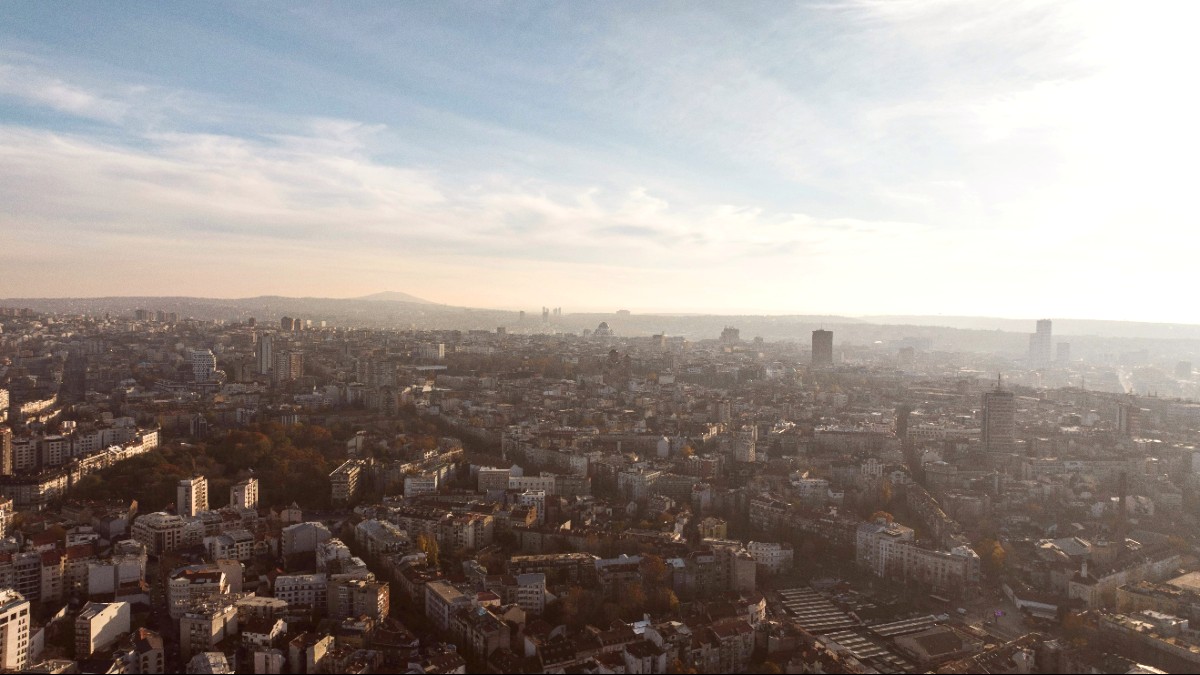
Central Balkans, Bulgaria
Ruse's city center holds most of its prominent landmarks, demonstrating its rich history and architectural elegance.
The city's nickname, "Little Vienna," reflects its impressive Neo-Baroque and Neo-Rococo architecture, notably around Svoboda Square.
The Danube Park offers numerous quiet spots away from the main promenade, especially on weekdays.
Remains of an ancient Roman military camp and port, free entry with information boards.
Renowned for its well-preserved Secession (Art Nouveau) and Neo-Baroque architecture.
Holy Trinity is partly underground; Catholic Church of St. Paul offers a distinct Neo-Gothic style.
Symbols of Bulgarian liberation and national revival.
Highlights the development of Bulgaria's railway system and Danube river navigation.
While Ruse is mainly an urban center, its riverside location provides pleasant natural escapes.
Large park with manicured gardens, fountains, and expansive river views.
Smaller, charming park in the city center, often with outdoor cafes.
Larger forest park just outside Ruse with walking trails and picnic areas.
The main natural feature, with riverside promenade offering the best scenic views, especially at sunset.
Danube River and its floodplains are important bird migration routes. Birdwatching possible along riverbanks and in Rusenski Lom Nature Park.
No official swimming beaches in the city; the river is mainly for transport and viewing.
Explore lesser-known spots that provide unique insights beyond main attractions.
Focuses on Danube River flora and fauna, including a large aquarium. Good for families or nature enthusiasts.
Former Girdap Bank, an exquisite Art Nouveau building. Admire its intricate facade from outside.
Explore side streets around Alexandrovska Street for more architectural gems and smaller local shops.
Discover unique photo opportunities that capture Ruse's distinct character.
These spots offer fresh perspectives away from the typical tourist routes.
Ruse is famous for its intricate architecture.
Ruse's natural setting provides tranquil and picturesque scenes.
Plan your sightseeing and activities efficiently.
Connect with the daily life and rhythm of Ruse.
Ruse is a walkable city, especially its central areas. Public transport and other options are available for wider exploration.
The city center and Danube Park are best explored on foot, allowing appreciation of architecture and river views.
A network of buses connects different parts of the city, useful for reaching further neighborhoods or attractions.
Taxis are readily available; agree on the fare or use a meter. Ride-sharing apps are less common or unavailable.
Dedicated bike lanes are available along the Danube Riverfront and some main streets.
Offers pleasant, flat trails suitable for recreational cycling amidst nature.
Recommended for exploring attractions outside the city, like Rusenski Lom Nature Park.
Can be challenging and might involve paid zones. Consider parking slightly outside and walking or using public transport.
Consider joining a local walking tour to learn more about Ruse's history and architecture.
Book walking tours on GetYourGuideWhile Ruse's city center has pedestrian zones, some older buildings and cobblestone streets may pose challenges.
Spring and Autumn offer pleasant weather for exploration.
Pick up a free city map from the Tourist Information Center.
It provides detailed layouts of attractions and public transport routes.
While most landmarks are central, the surrounding region offers more to explore.
Rusenski Lom Nature Park is a significant natural area near Ruse.
The river offers more than just scenic views.
Explore the region's rich past.
These sites offer significant historical insights and are typically a 1-2 hour drive from Ruse.
Ruse's proximity to Romania opens up cross-border experiences.
Explore a different culture and city just a short drive away.
The Danube Plain is a recognized wine region.
A pleasant way to experience the local agricultural heritage.
Consider renting a car or booking a private transfer for day trips to maximize flexibility.
For sites like the Rock-Hewn Churches, a guided tour can provide historical and cultural insights.
Combine your sightseeing with visits to local eateries or wineries in the areas you explore.